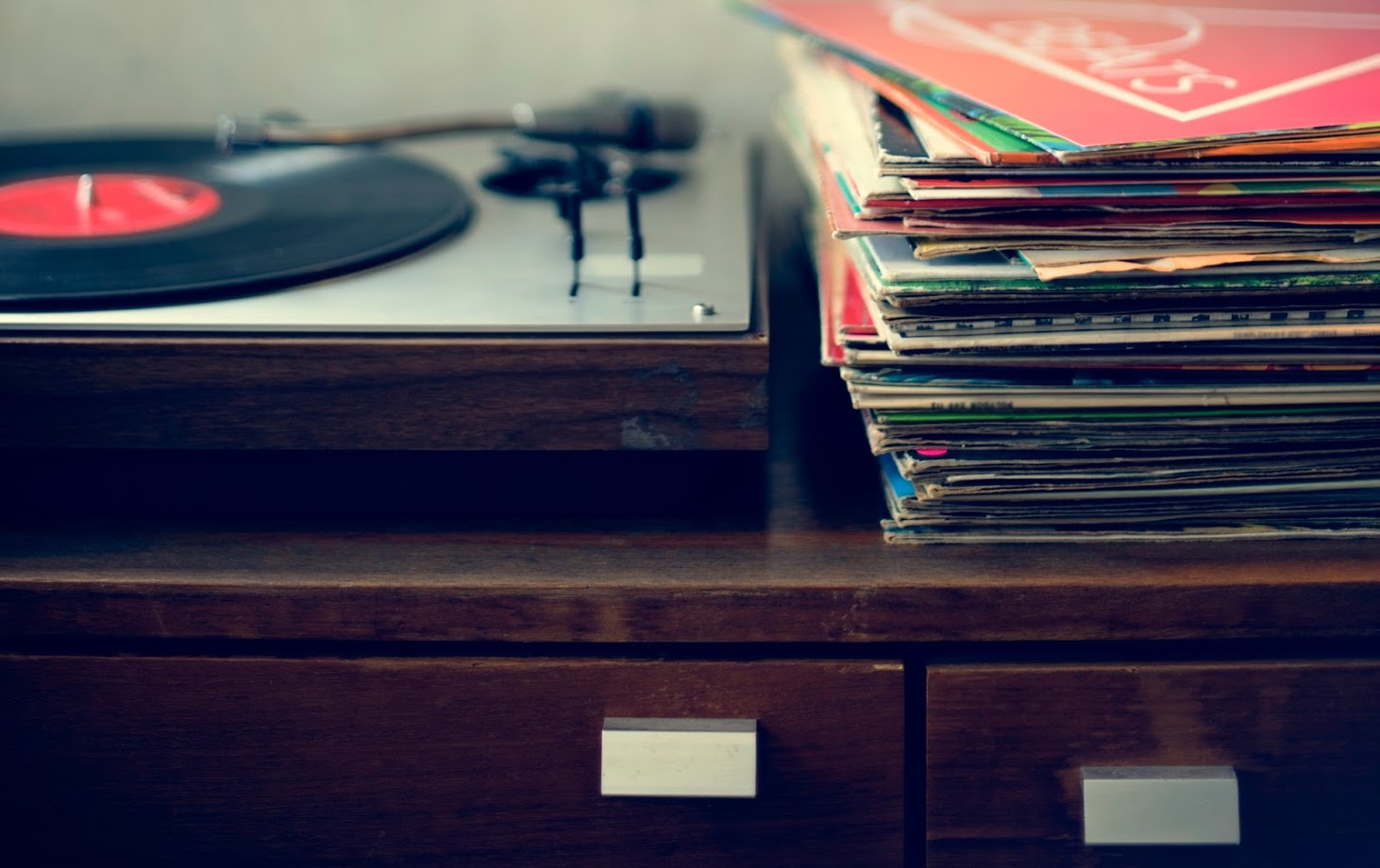How to Properly Store Your Vinyl Records
Vinyl records have made a comeback. While compact disc sales are declining, vinyl record sales are rising. What’s more, your old vinyl records can be worth money. You might also be one of the aficionados who simply prefers the sound of vinyl.
However, vinyl records are fragile. They present their own set of difficulties when it comes to storing them, especially long-term. Discover how you can pack your vinyl records and what’s needed for storage.
Clean the Records
You want to store clean records. If they have dust, dirt, lipids, or other grime on them when you put them in storage, those substances can become permanently fused to the surface over time. You’ll want to purchase a kit or even appliance for proper record cleaning.
A budget option is a wet clean kit. The kit consists of a trough with a holder and cleaning brushes as well as the cleaning solution. You fill the trough with distilled water and the cleaner. Your record sits in the frame so that only the vinyl gets wet. You spin it a few times to clean the surface before drying it with microfiber cloths.
If you have valuable records, consider upgrading to an ultrasonic cleaning appliance. The process is similar to the wet clean kit in that you have a trough into which you put cleaning solution. However, the trough is electric. You put the record on a spindle, and it lowers the record into the bath. High-frequency waves create bubbles that clean the record. It’s the most thorough cleaning possible.
Replace the Inner Sleeves
When you buy a record, it usually comes in a paper inner sleeve. You should discard these sleeves right away because the paper acts like fine sandpaper. Every time you move the record across the sleeve, the paper creates micro abrasions.
If you still have a paper sleeve, replace it before you put the record into storage. Look for plastic sleeves because they won’t damage the surface of your records. You can even find sleeves that have curved bottoms, which makes placing them into the cardboard outer sleeve easier.
Protect the Cover Art
One reason vinyl records are so popular is because of the cover art on the cardboard sleeves. Typically, this cover art is the only place the musicians can add visual art to their creation, so the artwork is often noteworthy. You’ll want to protect the cardboard sleeve in storage, too.
One option is to get plastic sleeves, which fit right over the cardboard sleeve. Avoid the heavy-gauge sleeves, though, because they can compress and mar the cover art. Another option is a vinyl bag. The cardboard sleeve also slips snugly into these bags. However, they feature a flap with an adhesive so the interior is air tight. This method is ideal for long-term storage.
Purchase Dedicated Record Storage
The biggest no-no for vinyl records is to stack them. Stacked records become warped over time. Therefore, you don’t want to just find a box that’s large enough and stack you records inside.
Instead, look for storage boxes that are made specifically for vinyl records. These boxes will allow you to slot the records in so that you can store them vertically. Look for heavy duty plastic varieties. When you place the box inside the storage unit, make sure it keeps your records upright.
Rent a Climate Controlled Storage Unit
You didn’t go through all the preparation stages just to let your vinyl suffer in variant temperature conditions. Vinyl records can withstand up to 70 degrees Fahrenheit and still be safe. However, they prefer to be below 50 degrees. That’s the temperature that’s ideal for long-term storage.
Likewise, consider renting a unit that also has humidity controls. The vinyl itself probably doesn’t need dry conditions. However, you don’t want to risk any moisture getting into your cardboard covers and damaging their artwork.
Prepare your records properly for storage, and rent a climate-controlled unit to best protect your vinyl. Contact North Star Mini Storage to rent such a unit.



